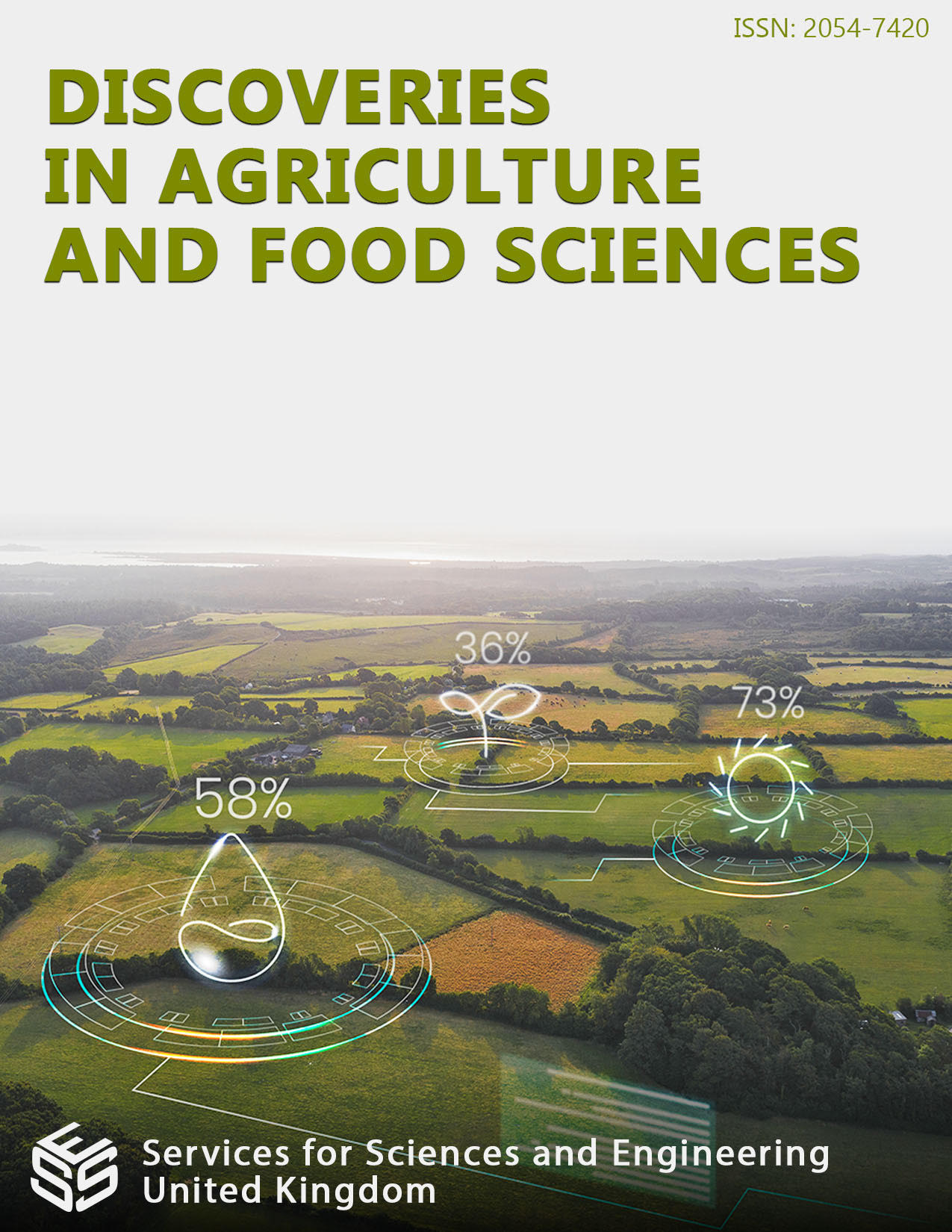Why Food Technology by Extrusion-Cooking?
DOI:
https://doi.org/10.14738/tnc.124.17453Abstract
Thermoplastic extrusion technology has become a cornerstone in the food processing industry, offering a versatile and efficient method for producing a wide range of food products. This technology is especially significant due to its status as a "clean technology," characterized by minimal environmental impact, efficient energy use, and the ability to produce food with consistent quality and safety. The process involves the continuous cooking, mixing, and shaping of raw materials, allowing for the creation of a diverse array of products that cater to both human consumption and animal feed. One of the key advantages of thermoplastic extrusion is its ability to produce pre-cooked and instant flours, which are highly popular in consumer markets. These flours are not only convenient but also enable the production of other products, such as snacks, breakfast cereals, and even infant formulas. The abundance of extruded products on supermarket shelves, ranging from instant noodles to textured vegetable proteins, is a testament to the versatility and consumer appeal of this technology. Moreover, thermoplastic extrusion is particularly beneficial for small, medium, and large enterprises alike. The technology is adaptable, with a variety of equipment available to suit different scales of production. This flexibility, combined with the relatively low labor requirements, makes it an attractive option for businesses of all sizes. The process also allows for the use of diverse raw materials, including cereals, legumes, and even by-products from other industries, which can be efficiently transformed into high-value products. In the realm of animal feed, extruded products are equally important. The technology allows for the precise control of nutritional content and physical properties, resulting in feed that meets the specific needs of different animals. This has led to the widespread adoption of extrusion technology in the production of pet foods, aquafeeds, and livestock feed. In conclusion, thermoplastic extrusion technology is a pivotal innovation in food processing, offering numerous benefits across various sectors. Its clean technology status, ease of use, and adaptability make it a vital tool in modern food production, enabling the creation of a vast array of products that meet the demands of today's consumers. Whether for human consumption or animal feed, extruded products are a staple in the food industry, with their presence only expected to grow as technology advances.
Downloads
Published
How to Cite
Issue
Section
License
Copyright (c) 2024 José Luis Ramírez Ascheri

This work is licensed under a Creative Commons Attribution 4.0 International License.






